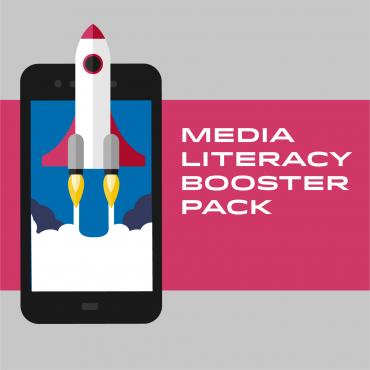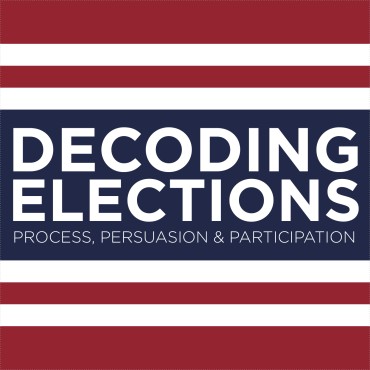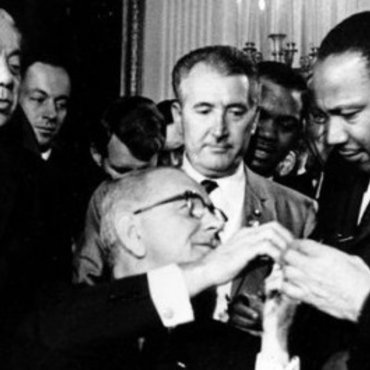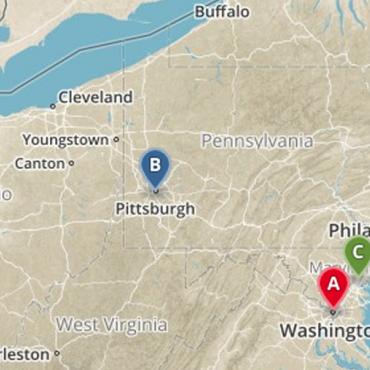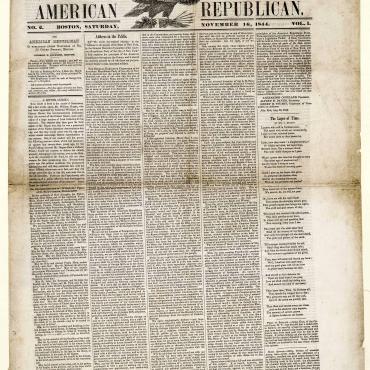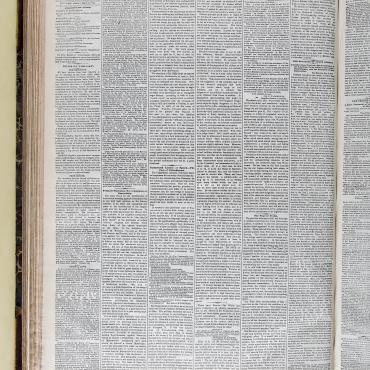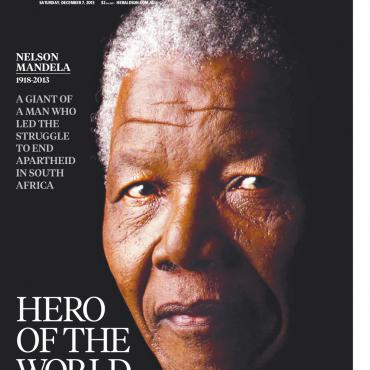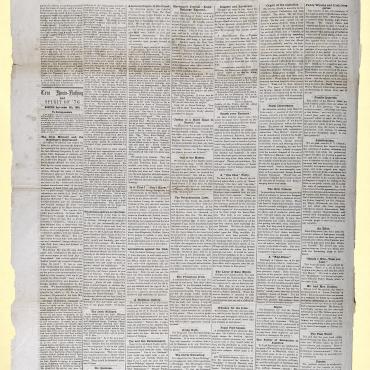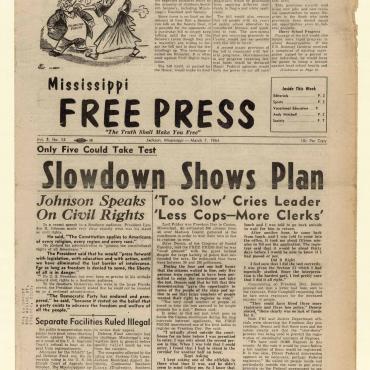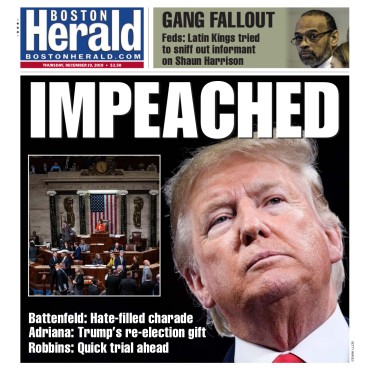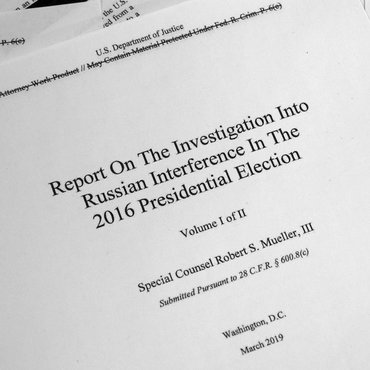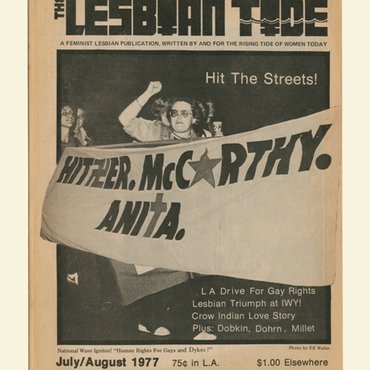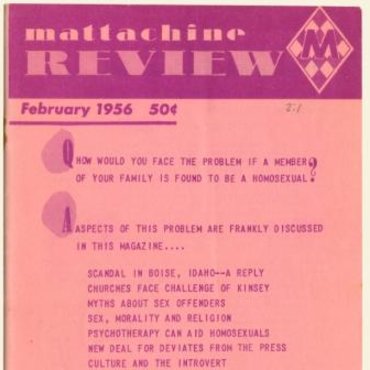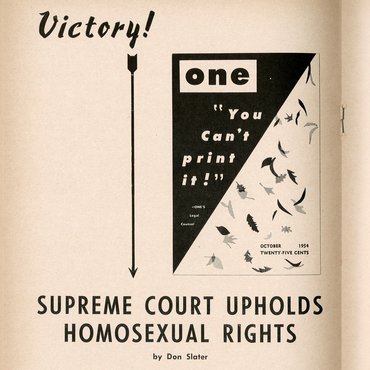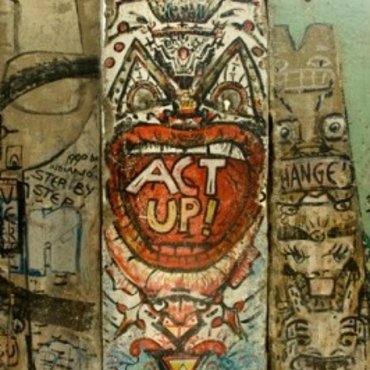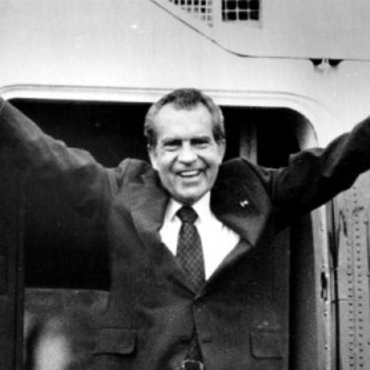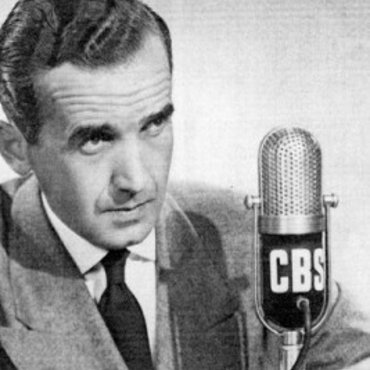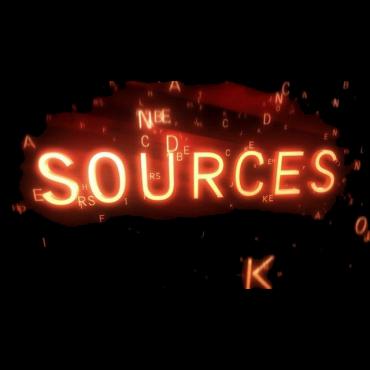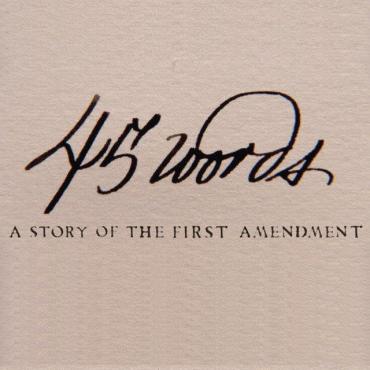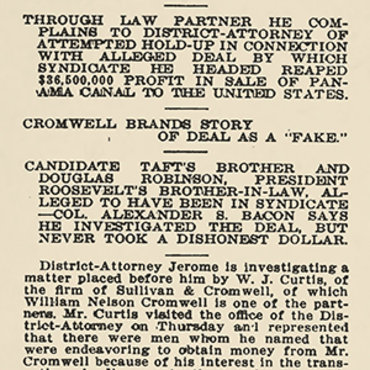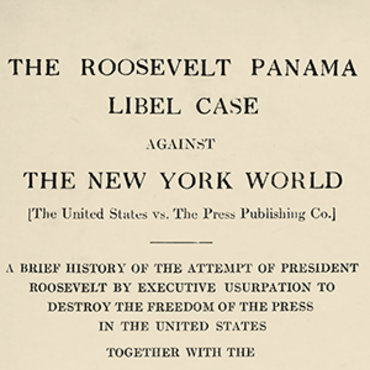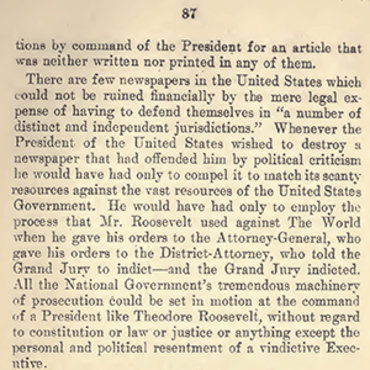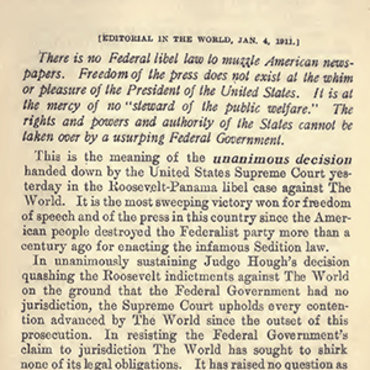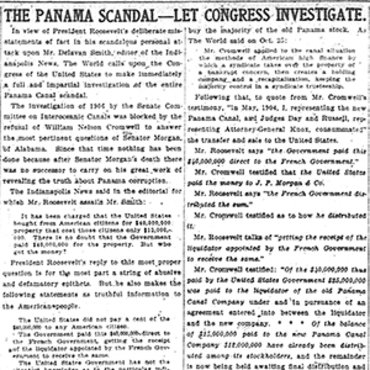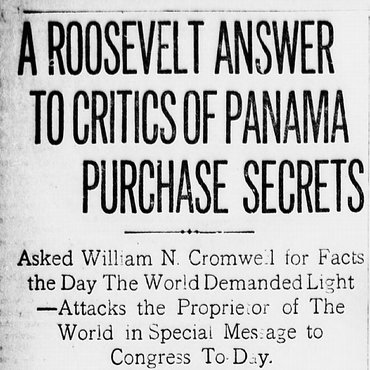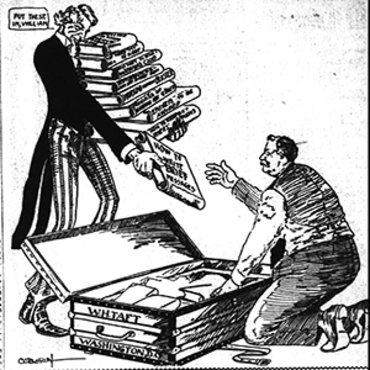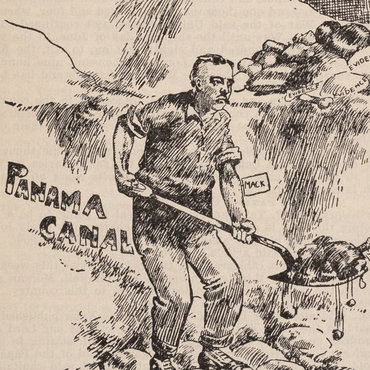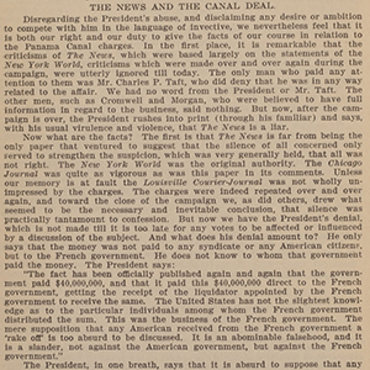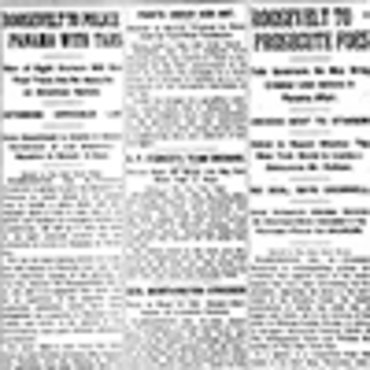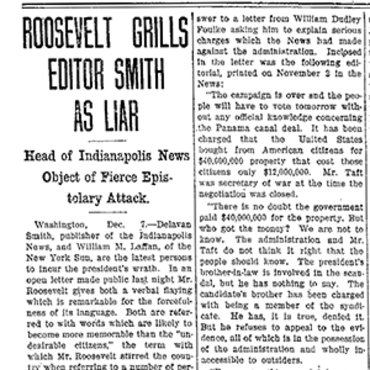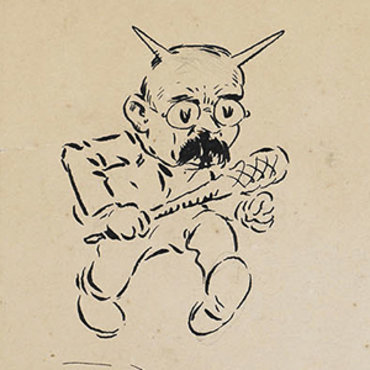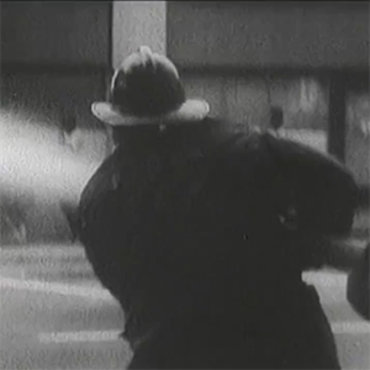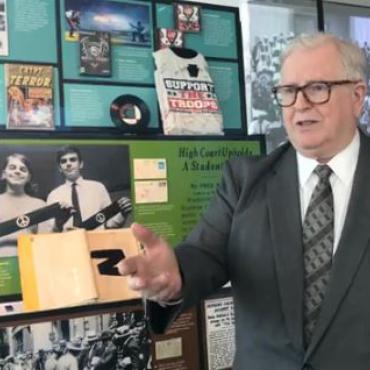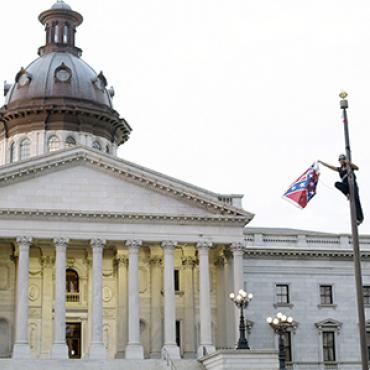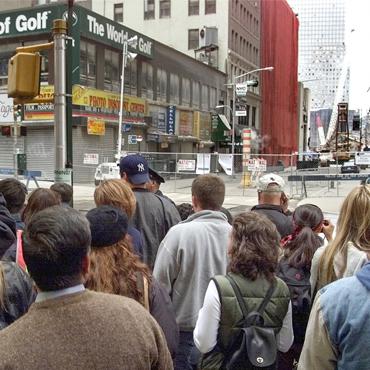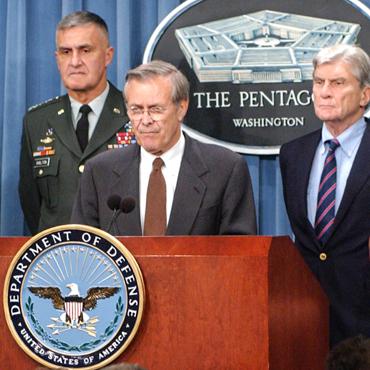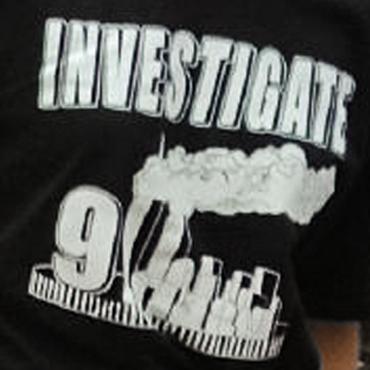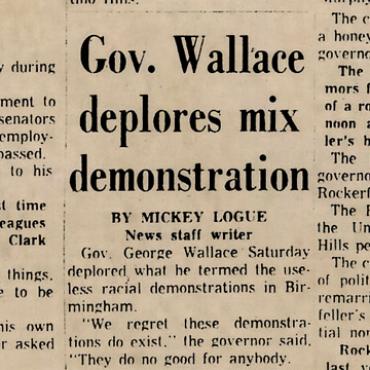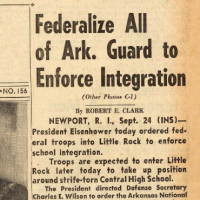
Lesson Plan
Bias Through History: Analyzing Historical Sources
In this activity, students use the E.S.C.A.P.E. strategy to closely analyze a historical source, shedding light on historical instances of bias in the news and drawing comparisons to present-day problems and complaints.
Get even more great free content!
This content contains copyrighted material that requires a free NewseumED account.
Registration is fast, easy, and comes with 100% free access to our vast collection of videos, artifacts, interactive content, and more.
Sign Up
?
NewseumED is provided as a free educational resource and contains copyrighted material. Registration is required for full access. Signing up is simple and free.
With a free NewseumED account, you can:
- Watch timely and informative videos
- Access expertly crafted lesson plans
- Download an array of classroom resources
- and much more!
Duration
30-60 minutes
Topic(s)
- Civil Rights
- Journalism
- Politics
Grade(s)
- 6-12
- Ask students to help define bias. Be sure your definition includes the concepts of expressing an unfair judgment based on pre-existing thoughts, habits or opinions, and be clear that there are many different forms of bias. Some are more serious, such as political, cultural or racial bias that can affect our understanding of and experiences in the world. Others are less serious, like bias for/against certain sports teams, foods or lifestyles. We all have biases. But bias in the news media can be a problem if we don’t realize it’s there, because we may accept a twisted version of the truth as fact.
- Hand out the Bias Through History worksheets and assign students one of the historical sources in the gallery on this page to analyze. Students may work in teams, pairs or individually. You may choose to go over the E.S.C.A.P.E. Junk News poster to prepare students to employ its six ways to analyze an item: evidence, source, context, audience, purpose and execution.
- When students have completed their worksheets, look at the historical sources in the gallery as a class and briefly explain what each one is.
- Then discuss the questions below.
- Bias Through History worksheet, one per student
- Access to the gallery of historical sources on this page (either printed copies or via devices)
- Contemporary examples of bias in the media, such as politically driven news sources (optional)
- E.S.C.A.P.E. Junk News poster for reference (optional, download)
- Consider each source. Is it biased? How do you know? If so, what is it biased against/toward?
- Drawing evidence from these sources, how can media bias shape public understanding of what’s happening in the world?
- Do you think these sources are open about their biases? Or do they attempt to conceal their biases and appear objective? Explain.
- Is it possible for journalists to be completely free from bias? Explain.
- Do you think any of these sources could be confusing to readers? Explain.
- Why is it important to recognize bias when looking at historical sources? Why is it important when looking at present-day media?
- How are these examples of biased journalism the same as/different from biased media seen today? (You may present contemporary examples for comparison if desired.)
-
Common Core State Standards: CCSS.ELA-LITERACY.CCRA.R.1
Read closely to determine what the text says explicitly and to make logical inferences from it; cite specific textual evidence when writing or speaking to support conclusions drawn from the text. -
Common Core State Standards: CCSS.ELA-LITERACY.CCRA.R.4
Interpret words and phrases as they are used in a text, including determining technical, connotative, and figurative meanings, and analyze how specific word choices shape meaning or tone. -
Common Core State Standards: CCSS.ELA-LITERACY.CCRA.R.6
Assess how point of view or purpose shapes the content and style of a text. -
Common Core State Standards: CCSS.ELA-LITERACY.CCRA.R.8
Delineate and evaluate the argument and specific claims in a text, including the validity of the reasoning as well as the relevance and sufficiency of the evidence.
-
NCSS C3 Framework: D2.His.4.6-8 and D2.His.4.9-12
6 - 8: Analyze multiple factors that influenced the perspectives of people during different historical eras. 9 - 12. Analyze complex and interacting factors that influenced the perspectives of people during different historical eras. -
NCSS C3 Framework: D2.His.5.6-8 and D2.His.5.9-12
6 - 8. Explain how and why perspectives of people have changed over time. 9 - 12. Analyze how historical contexts shaped and continue to shape people’s perspectives.
-
ISTE: 3b. Knowledge Constructor
Students evaluate the accuracy, perspective, credibility and relevance of information, media, data or other resources. -
ISTE: 3d. Knowledge Constructor
Students build knowledge by actively exploring real-world issues and problems.


